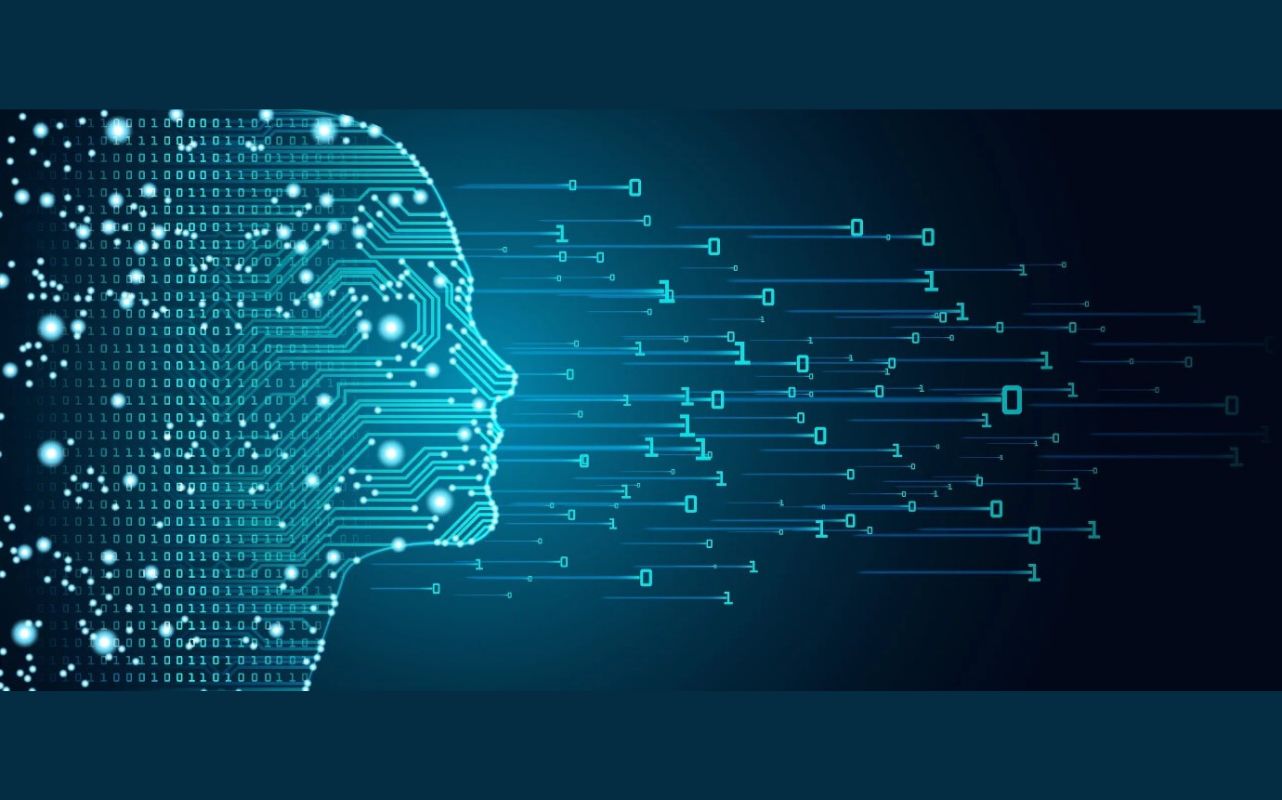Advances in security and surveillance technology: Technological Evolution from Analog to AIoT
Advances in security and surveillance technology: Technological Evolution from Analog to AIoT. In the era of AIoT it is interesting to look back at the journey of technology evolution. Analog CCTV technology has come a long way since its inception.
Here’s a brief overview of its evolution:
Early Beginnings (1940s-1960s): The first documented use of CCTV was in 1942 by German engineer Walter Bruch, who used it to monitor rocket launches. In the 1960s, CCTV systems were initially used for public surveillance, such as monitoring train stations and public events.
Commercial Availability (1970s-1980s): Analog CCTV systems became commercially available in the 1970s. These systems used reel-to-reel tape recorders to capture footage. The introduction of VCRs (videocassette recorders) in the 1970s made it easier to record and store video footage.
Widespread Adoption (1980s-1990s): By the 1980s and 1990s, analog CCTV systems became more affordable and widely adopted for both public and private security. These systems typically used coaxial cables to transmit video signals to monitors and recording devices.
Technological Advancements (2000s-Present): The 2000s saw significant improvements in analog CCTV technology, including better image quality and the introduction of digital video recorders (DVRs) that replaced VCRs. Despite the rise of IP (Internet Protocol) cameras, analog CCTV systems remain popular due to their cost-effectiveness and reliability in certain applications. Analog CCTV technology has continuously evolved to meet the growing demands for security and surveillance, adapting to new recording and transmission methods while maintaining its core functionality.
IP Technology Changed the Analog Trend
The evolution of IP (Internet Protocol) technology has been a fascinating journey, shaping the way we connect and communicate. Here’s a brief overview of its development:
Early Days: IPv4
Introduction in the 1980s: The first widely used version of IP, IPv4, was developed in the 1980s. It provided around 4 billion possible addresses, which seemed sufficient at the time.
Growth and Limitations: As the number of devices connected to the internet grew exponentially, IPv4’s address space became insufficient.
Transition to IPv6
Development in the 1990s: To address the limitations of IPv4, IPv6 was introduced in the 1990s. It offers a vastly larger address space, supporting approximately 340 undecillion (3.4 x 10^38) addresses.
Enhanced Features: IPv6 not only expanded the address space but also introduced improvements in routing, security, and auto-configuration.
Modern Trends and Innovations
Integration of AI: Recent trends in IP technology include the integration of AI to enhance network management, security, and efficiency.
IoT and Beyond: The rise of the Internet of Things (IoT) has further driven the need for robust IP technology, enabling seamless connectivity between billions of devices.
Impact on Society
Global Connectivity: IP technology has been instrumental in connecting the modern world, facilitating everything from basic communication to advanced applications like remote healthcare and smart cities.
Pandemic Response: During the COVID-19 pandemic, IP technology played a crucial role in enabling remote work, online education, and telemedicine.
The story of IP technology is one of continuous adaptation and innovation, ensuring that our increasingly connected world can keep pace with technological advancements.
Tectonic shift from IoT to AIoT
The evolution of AIoT (Artificial Intelligence of Things) technology in the video security industry has been transformative.
Here’s a look at how it has developed over the years:
Early Integration of AI and IoT
Initial Steps: The integration of AI with IoT began with basic applications like motion detection and simple video analytics. These early systems could detect movement and trigger alerts but had limited capabilities.
Advancements in AI Capabilities
Enhanced Video Analytics: As AI technology advanced, so did its applications in video security. Modern AIoT systems now offer advanced video analytics, including facial recognition, smart motion detection, and vehicle/person detection.
AI algorithms have enabled real-time processing of video feeds, allowing for immediate detection and response to security threats.


